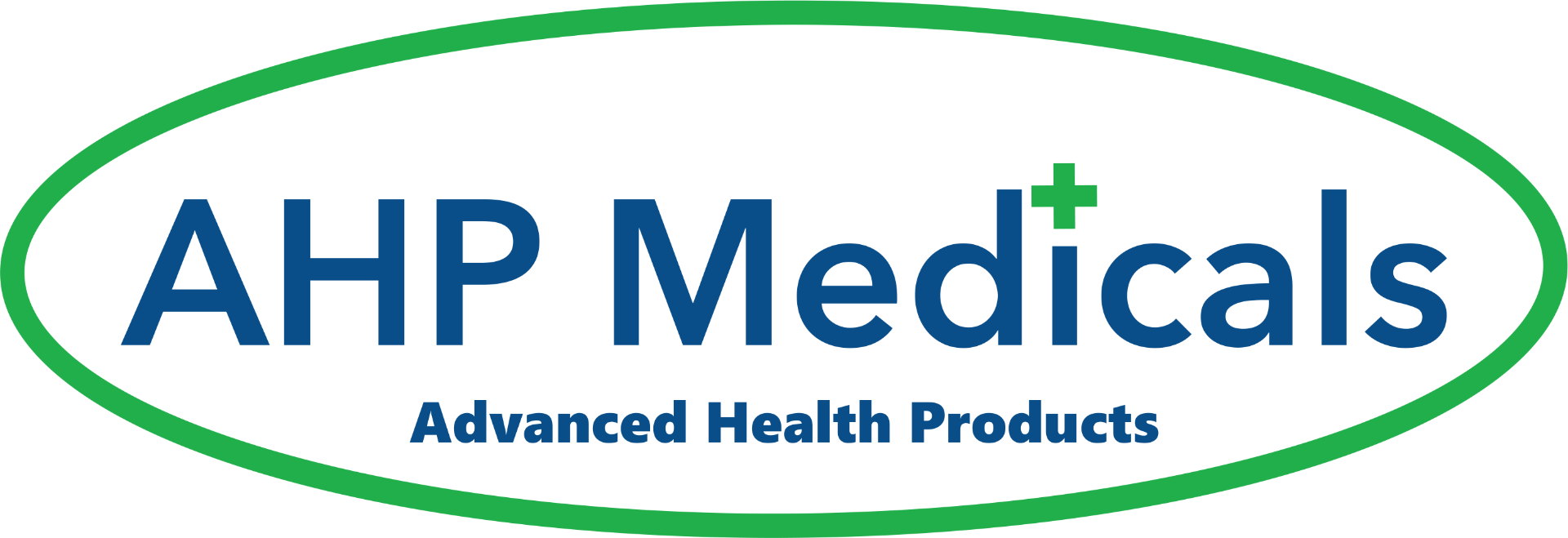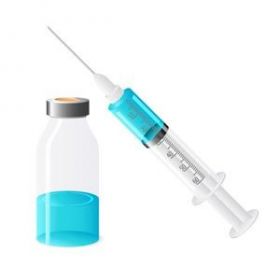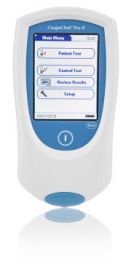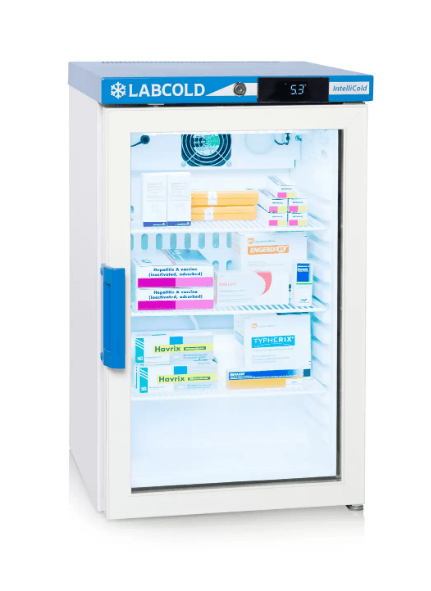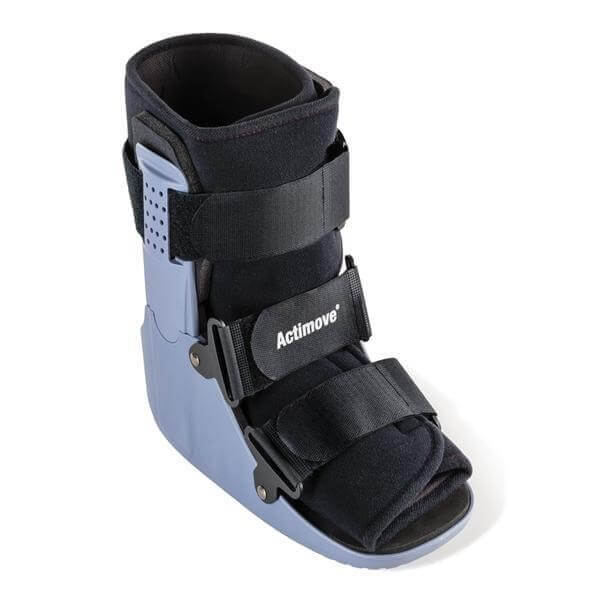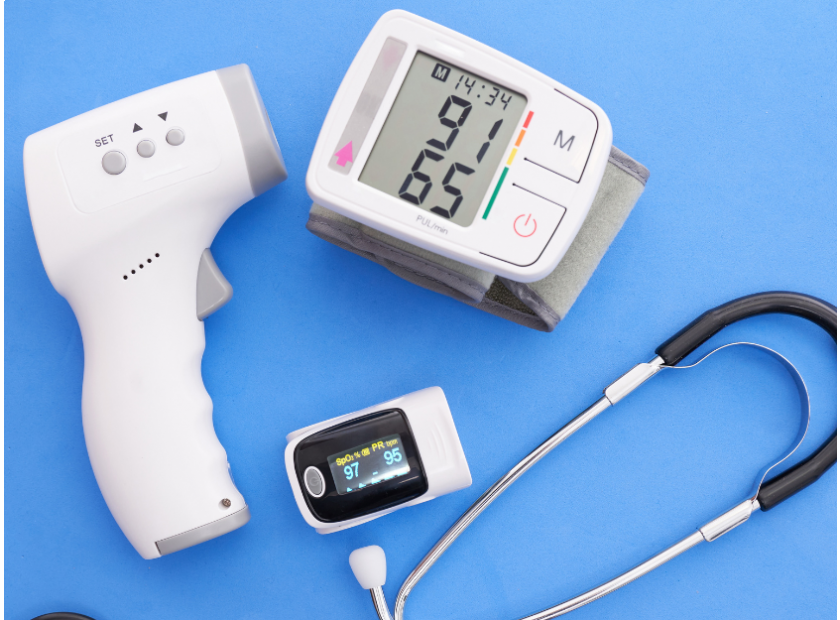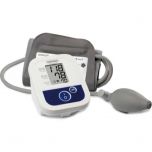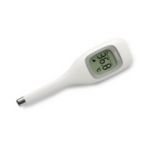Sterile Gloves to High-Tech Equipment: Exploring Vital Medical Supplies
In the realm of healthcare, medical supplies play a critical role in ensuring the safety of both patients and healthcare providers. From the basics like sterile gloves to the cutting-edge high-tech equipment, the array of medical supplies used today has evolved significantly over time. This blog delves into the evolution, importance, and innovation behind these vital medical supplies.
1. Sterile Gloves: A Fundamental Barrier
Sterile gloves are the unsung heroes of the medical world. These single-use disposable gloves serve as a crucial barrier between healthcare providers and patients, preventing the transmission of germs and infections. While the concept of gloves dates back centuries, the modern sterile glove emerged in the late 19th century, with the discovery of aseptic techniques. Today, they are manufactured under stringent quality control to ensure maximum protection and are used in every medical setting.
2. Disposable Medical Supplies: Preventing Cross-Contamination
Disposable medical supplies, ranging from syringes to catheters, have revolutionized healthcare by significantly reducing the risk of cross-contamination. These supplies are used once and then safely disposed of, eliminating the need for sterilization. This innovation has not only increased patient safety but also streamlined medical procedures, saving time and resources.
3. Diagnostic Tools: Advancements in Accuracy
Advancements in medical technology have led to the development of highly accurate diagnostic tools. Instruments like blood pressure monitors, thermometers, and blood pressure cuffs provide quick and reliable measurements, aiding in the early detection and management of various medical conditions. These tools empower both healthcare providers and patients to make informed decisions about their health.
4. Imaging Equipment: Peering Inside the Body
High-tech medical imaging equipment, such as X-ray machines, MRI scanners, and CT scanners, offer an unprecedented view inside the human body. These machines help diagnose complex conditions, guide surgeries, and monitor treatment progress. The ability to visualize internal structures in intricate detail has transformed the field of medicine and led to more precise and effective interventions.
5. Wearable Medical Devices: Empowering Personal Health
The 21st century has witnessed the rise of wearable medical devices that empower individuals to monitor their health on a daily basis. From fitness trackers to smartwatches equipped with ECG monitors, these devices provide real-time data on vital signs and activity levels. This data can be shared with healthcare professionals, allowing for remote monitoring and early intervention.
6. Robotic Assisted Surgery: Merging Skill with Technology
Robotic-assisted surgical systems have redefined the possibilities of minimally invasive surgery. These systems enhance a surgeon's precision, control, and range of motion, allowing for complex procedures with smaller incisions and faster recovery times. The marriage of surgical skill with advanced technology is paving the way for safer and more effective surgeries.
Conclusion
From the basic protection provided by sterile gloves to the intricate capabilities of high-tech medical equipment, the evolution of medical supplies has significantly impacted healthcare. These supplies have not only improved patient outcomes but also transformed the way medical professionals diagnose, treat, and care for their patients. As technology continues to advance, we can only anticipate further innovations that will continue to revolutionize the field of medicine.


